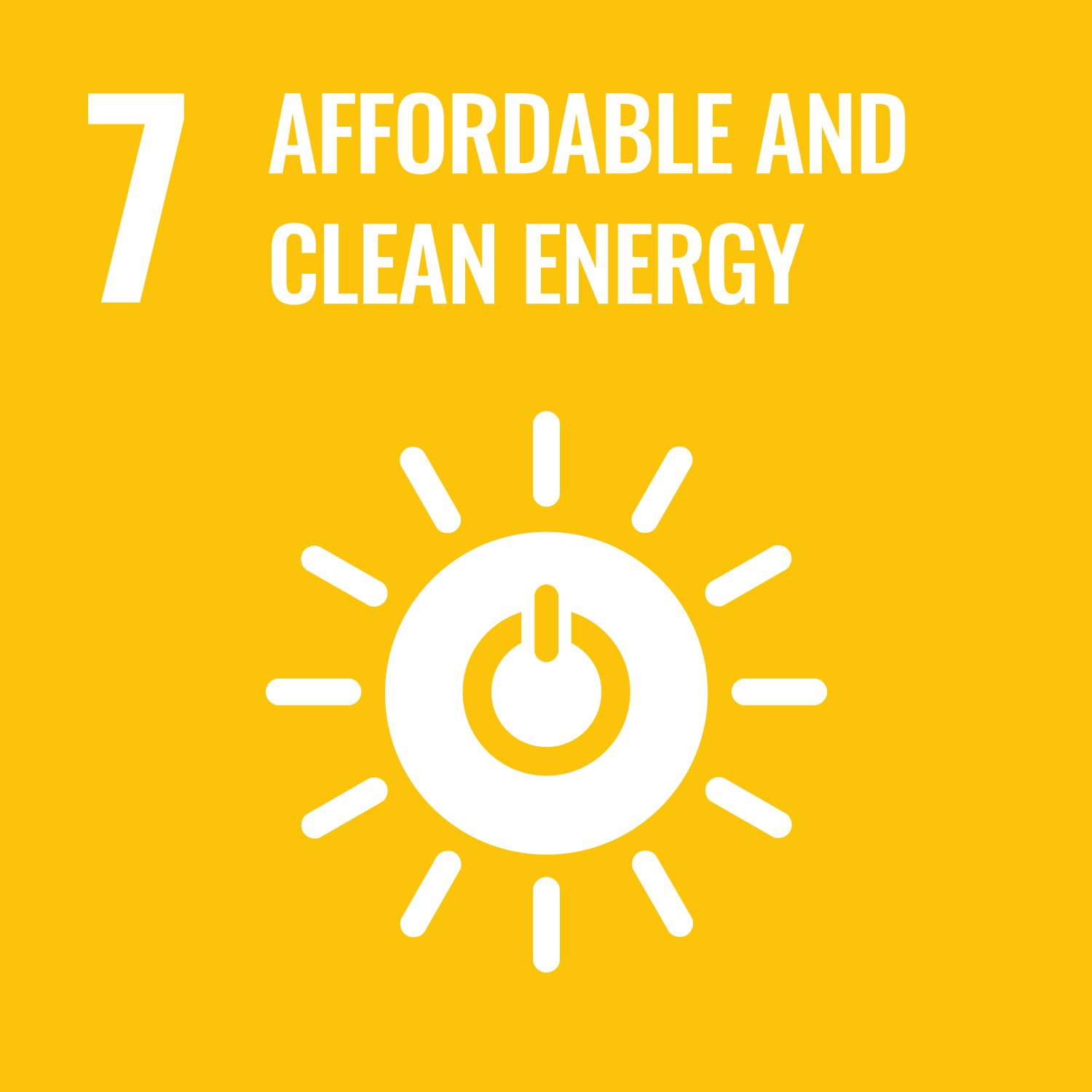In this lecture, we will solve exercises related to industrial thermodynamics, which is a macroscopic viewpoint, and heat
transfer engineering from the same macroscopic viewpoint. Specifically, thermal designing using knowledge of thermodynamics
and heat transfer engineering is a main task. Analytical exercises to achieve a predetermined performance are performed.
The purpose of this course is to acquire comprehensive abilities on thermal energy by solving exercises on thermodynamics
and heat transfer engineering..
- Basic knowledge of thermodynamics dealing with static steady states such as the first law of thermodynamics and the equation of state of ideal gas can be applied to actual tasks.
- Based on the transfer kinetic concept of heat transfer engineering, the calculation of heat energy transfer can be applied to actual tasks.
- Understand thermal design techniques focused on thermal energy and use them comprehensively
| Class schedule | HW assignments (Including preparation and review of the class.) | Amount of Time Required | |
|---|---|---|---|
| 1. | Introduction: explanation of how to proceed the lecture, energy efficiency, and exergy efficiency [Lecture / 2 classes] <Contents> (1) Outline of the lecture and explanation of the purpose of the class (2) Learn about energy efficiency and exergy efficiency in thermodynamics and heat transfer engineering. In other words, we will learn about temperature difference, energy loss, and exergy loss, which are the driving forces of energy conversion and thermal energy transfer. (3) Introduction of topics such as various energy devices, reactive thermo-fluid phenomena, and numerical simulations |
Understand the content of the lecture. | 190minutes |
| 2. | Burner flame measurement, guidance and preparation [Lecture / 2 classes] <Contents> Introduction: Learn about the combustion theory (laminar premixed flame theory, mathematical model). |
Review fluid mechanics, thermodynamics, and chemistry. | 190minutes |
| 3. | Visualization of flame, measurement of burning velocity, measurement of temperature distribution using thermocouple [Experiment / 2 classes] <Contents> The laminar burning velocity and temperature distribution are measured for the methane-air laminar premixed flame formed on a small circular burner. |
Read the handouts. | 190minutes |
| 4. | Numerical simulation of 1D flame structure using Cantera, and report creation [Numerical simulation / 2 classes] <Contents> Cantera is open source software for solving flows involving chemical reactions (Developer: Prof. David Goodwin, Caltech). Using this Cantera, we analyze the flame structure and combustion rate of a one-dimensional laminar flow premixed flame. https://cantera.org/ |
Read the handouts. Create a report. |
190minutes |
| 5. | Experiments and explanations on heat conduction in heat transfer engineering [Lecture / Experiment / 2 classes] <Contents> (1) Learn the heat conduction equation and the solution of the heat conduction problem. (2) Conduct a specific thermal conductivity experiment. (3) Compare the measured results with the theoretical analytical solution. |
Apply the heat transfer engineering analysis method to your own experimental results, consider it, and create report 1. | 190minutes |
| 6. | Experiment and explanation of convective heat transfer in heat transfer engineering [Lecture / Experiment / 2 classes] <Contents> (1) Learn about forced convection and natural convection. (2) Conduct a heat transfer experiment related to specific convection. (3) Compare the measurement results with the calculation results. (4) Investigate what kind of place in the world it is applied. |
Create Report 2 on the experimental results of forced convection and natural convection. | 190minutes |
| 7. | Learn analysis software related to thermal energy [Lecture / 2 classes] <Contents> (1) Learn information on commercial simulation software that analyzes heat transfer problems conducted in the 5th and 6th weeks. (2) Learn introductory tasks using commercially available simulation software that can analyze various energy devices. |
Consider the overall flow of applying thermal design to your task. | 190minutes |
| 8. | 0minutes | ||
| 9. | 0minutes | ||
| 10. | 0minutes | ||
| 11. | 190minutes | ||
| 12. | 0minutes | ||
| 13. | 0minutes | ||
| 14. | 0minutes | ||
| Total. | - | - | 1520minutes |
| Report 1 (combustion) | Report 2 (heat transfer engineering) | Total. | |
|---|---|---|---|
| 1. | 30% | 10% | 40% |
| 2. | 10% | 30% | 40% |
| 3. | 10% | 10% | 20% |
| Total. | 50% | 50% | - |
Report 1 (combustion) is 50%, Report 2 (heat transfer engineering) is 50%, and 60 points or more out of a total of 100 points
are acceptable.
Here, the passing score of 60 points corresponds to the level at which the students can apply the explanations during the lessons and experiments to the tasks and reach the analysis results, although they have not made any suggestions.
Here, the passing score of 60 points corresponds to the level at which the students can apply the explanations during the lessons and experiments to the tasks and reach the analysis results, although they have not made any suggestions.
- Lunch break on the lecture day (every Sunday): It is desirable to inform the visit in advance:k-tanaka@shibaura-it.ac.jp, hsaito@shibaura-it.ac.jp
- Course that cultivates a basic problem-solving skills
- Course that cultivates an ability for utilizing knowledge
- Course that cultivates a basic interpersonal skills
| Work experience | Work experience and relevance to the course content if applicable |
|---|---|
| N/A | 該当しない |
Last modified : Wed May 12 04:44:36 JST 2021

